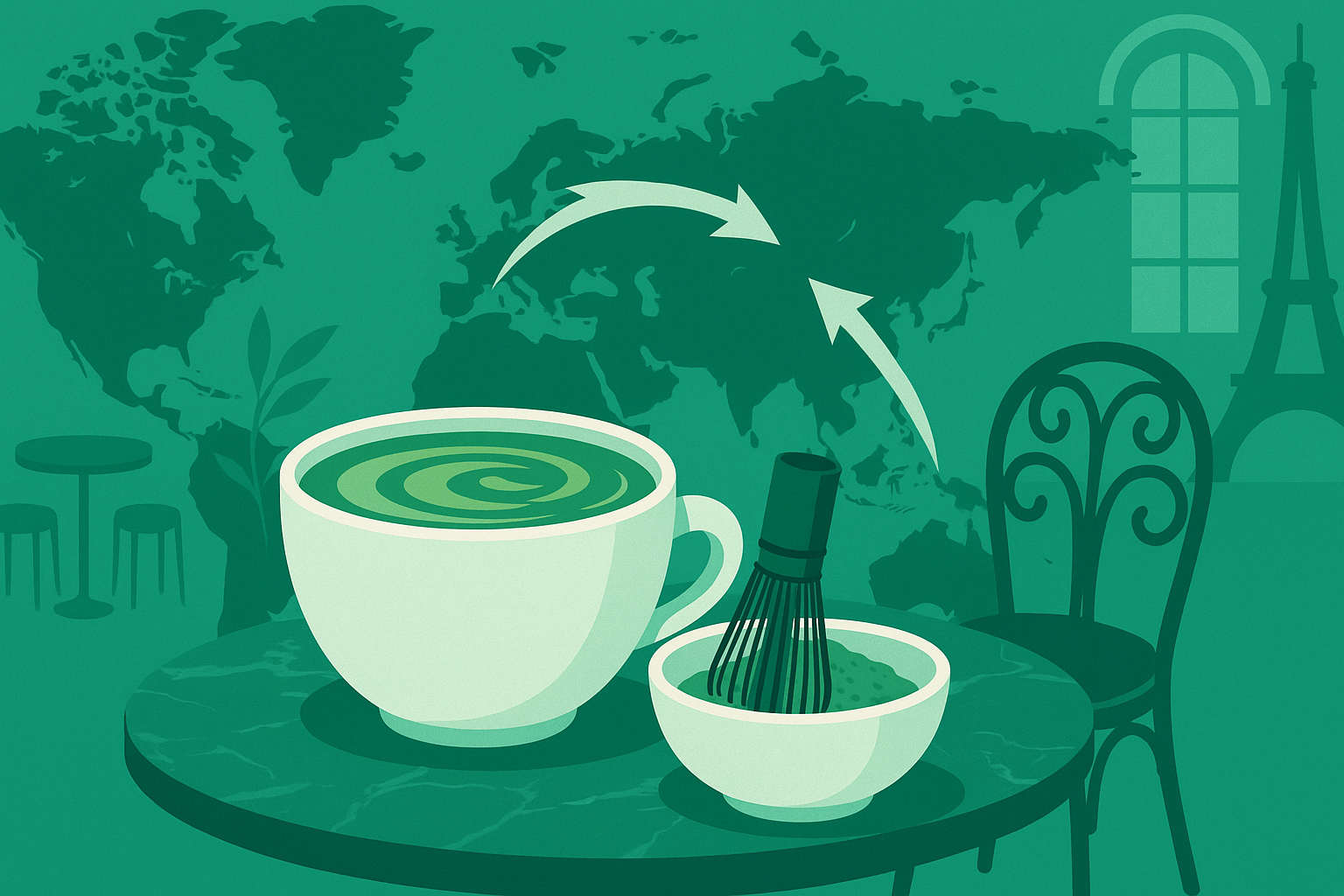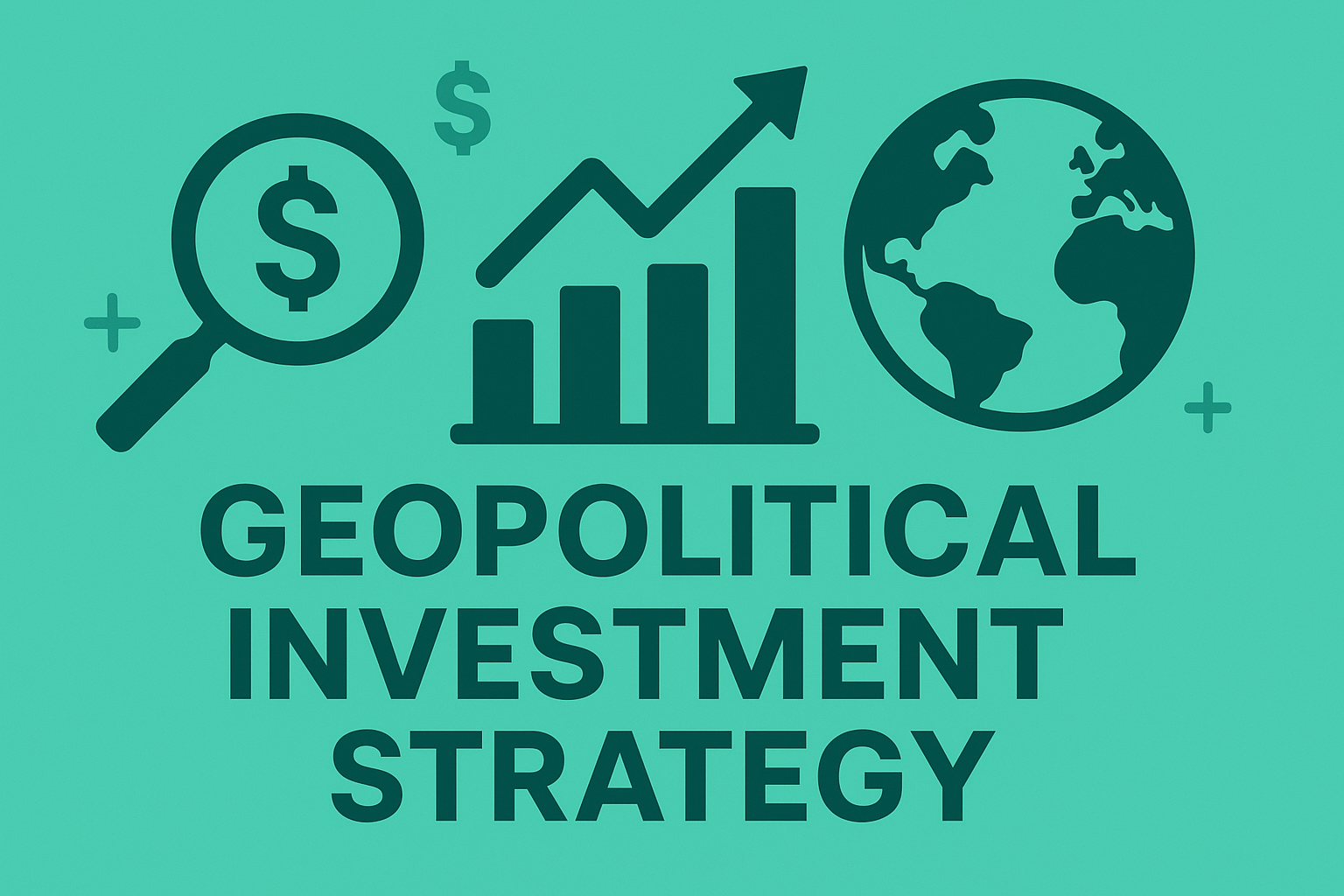August 2025 | By a Professional Economist
- Executive Summary
- 1. The Global Wellness Trend: Matcha as a “Functional Luxury”
- 2. Cultural Premium: Matcha as a Symbol of “Wabi-Sabi” Refinement
- 3. Visual Appeal and Social Media Virality
- 4. Post-Tourism Spillover: Cultural Demand After Visiting Japan
- 5. Strategic Global Expansion by Brands
- Horizontal Thinking Summary
- Conclusion: Matcha as a Crossroads of Global Trends
- For WordPress Use
Executive Summary
In recent years, Japanese matcha has experienced a dramatic rise in popularity across Europe and the Middle East. Once considered a niche product confined to traditional Japanese tea ceremonies, matcha is now appearing in cafés, luxury hotels, wellness shops, and high-end bakeries across cities like Paris, London, Dubai, and Doha.
This report explores the economic, cultural, and commercial drivers behind this phenomenon, and how matcha has evolved from a heritage product into a symbol of global wellness, refinement, and aspirational consumption.
1. The Global Wellness Trend: Matcha as a “Functional Luxury”
Matcha is increasingly positioned as a superfood thanks to its unique combination of:
- Antioxidants (especially EGCG catechins)
- L-theanine, which promotes relaxation without drowsiness
- Moderate caffeine levels for sustained focus
In health-conscious European cities, matcha is now a favored substitute for coffee. In the Middle East, particularly in wealthy Gulf states like the UAE and Qatar, matcha is embraced by elites as part of a “clean luxury lifestyle”, reflecting both health awareness and exclusivity.
2. Cultural Premium: Matcha as a Symbol of “Wabi-Sabi” Refinement
Matcha represents more than just nutrition—it reflects Japanese tradition, ceremony, and aesthetic purity. In luxury-oriented markets, this symbolism elevates matcha to a cultural-luxury good.
- In Europe, especially France and the UK, matcha is featured in afternoon tea services, often replacing or complementing traditional teas.
- In the Middle East, matcha is presented in premium tea lounges, occasionally with handcrafted Japanese teaware, appealing to those seeking rare and meaningful experiences.
The association with Kyoto, Uji tea fields, and Zen aesthetics further boosts its branding power.
3. Visual Appeal and Social Media Virality
One key accelerator of the matcha boom is its visual distinctiveness:
- The vivid emerald green hue stands out on social media platforms such as Instagram, TikTok, and Pinterest.
- “Instagrammable” products like matcha lattes, matcha tiramisu, and matcha croissants are trending globally.
Luxury cafés in Dubai, Milan, and Copenhagen now offer gold leaf-topped matcha drinks, emphasizing visual luxury and modern East-meets-West fusion.
4. Post-Tourism Spillover: Cultural Demand After Visiting Japan
A major wave of inbound tourism to Japan (especially pre-COVID and post-2023 recovery) contributed to matcha’s international recognition.
- European and Middle Eastern travelers who experienced tea ceremonies in Kyoto or matcha desserts in Tokyo seek to relive the experience back home.
- Japanese cultural promotion through embassies, Japan Houses, and cultural festivals has reinforced the image of matcha as an authentic and refined lifestyle product.
5. Strategic Global Expansion by Brands
The spread of matcha is not accidental—it’s backed by intentional market expansion strategies:
- Starbucks, Pierre Hermé, Ladurée, and other global brands now offer matcha-based items seasonally or permanently.
- Japanese producers like Tsujiri, Ito En, and Marukyu Koyamaen have launched export-grade matcha lines for premium global markets.
- Dedicated matcha cafés have emerged in cities like London, Dubai, and Berlin, some run by Japanese entrepreneurs, others by local trend-setters.
This structured commercial push reflects matcha’s evolution from traditional export to aspirational lifestyle product.
Horizontal Thinking Summary
| Driver | Impact |
|---|---|
| Health & Wellness | Matcha appeals to consumers seeking a clean, functional, energizing beverage. |
| Cultural Capital | Traditional Japanese heritage and ceremonial elegance create symbolic value. |
| Visual Marketing | Matcha’s vibrant color fuels high shareability across visual platforms. |
| Post-Travel Demand | Tourists returning from Japan fuel domestic demand in their home countries. |
| Global Branding | Strategic placement by luxury and food brands accelerates cultural diffusion. |
Conclusion: Matcha as a Crossroads of Global Trends
The rise of matcha in Europe and the Middle East reflects a convergence of health consciousness, cultural curiosity, and aesthetic refinement. It is not merely a fad but a long-term repositioning of Japanese food culture within the global premium wellness market.
For policymakers, this trend highlights the potential of soft power through culinary exports. For Japanese producers and exporters, the current moment is a valuable window for market expansion, brand protection, and global partnership development.
For WordPress Use
- Title: Why Matcha Is Booming in Europe and the Middle East: Culture, Wellness, and Luxury Fusion
- Meta Description: Japanese matcha is winning over consumers in Europe and the Middle East, thanks to its health benefits, cultural symbolism, and Instagrammable appeal. Discover the drivers of this global trend.
- Tags: Matcha, Japan exports, wellness trends, Middle East market, European food culture, luxury branding
- Category: Food Trends / Cultural Economics / Global Trade
- Suggested Featured Image Prompt:
- Flat-design illustration in emerald green tones showing a steaming matcha latte on a marble table in a luxury café setting, with elements of Kyoto and Parisian décor blending together. World map in background with arrows pointing to Europe and the Middle East.


